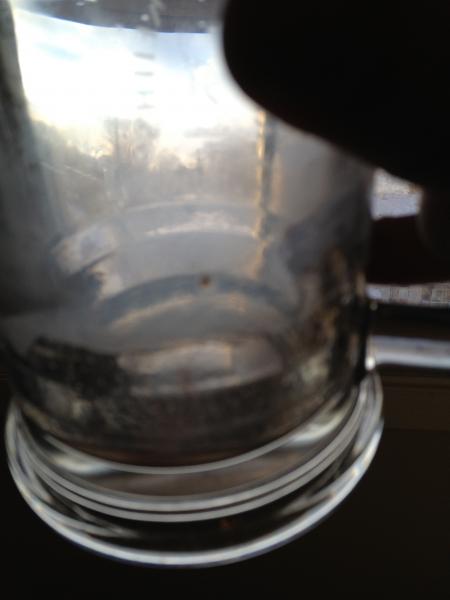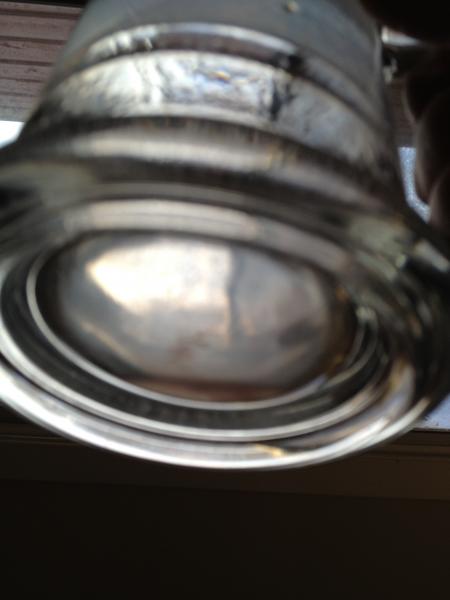Regarding the experiment discussed a few posts back... I might alter that slightly. And the only reason im suggesting this is so you can convince yourself you're likely dealing with a problem other than infection. I wouldn't bother sanitizing anything for one of your samples. Make a gallonish of wort, add a little top up water from your tap just as you would've with your previous batches, siphon it through the same hoses you normally would into your fermentor (basically, make it contact everything you normally would). Put it in the same spot you ferment your beer and don't pitch yeast. If you don't have the same rip roaring infection in a few days, you have a different problem (not an infection).
If I read your original post correctly, you're diagnosing infection after less than a week. With a proper pitch of yeast, an infection in that short of a period would be next to impossible to notice. You have a couple hundred billion yeast cells going to war with few thousand cells(?) of whatever the infection is.
Now clearly you have something going on. You're correct in saying that your water's different. I'd buy di water and use that to rule your water out. Also, is it possible that the temperature in the room you're fermenting is is too high? Might sound like a strange question with you living in Canada, but if you've never had temperature get away from you in a fermentation it can be all kinds of nasty.
Last, and this is an oh by the way, you note that you're transferring to a secondary after less than a week. If you're going to use a secondary (which most here, and most experts would say you shouldn't) that's way too early.
If I read your original post correctly, you're diagnosing infection after less than a week. With a proper pitch of yeast, an infection in that short of a period would be next to impossible to notice. You have a couple hundred billion yeast cells going to war with few thousand cells(?) of whatever the infection is.
Now clearly you have something going on. You're correct in saying that your water's different. I'd buy di water and use that to rule your water out. Also, is it possible that the temperature in the room you're fermenting is is too high? Might sound like a strange question with you living in Canada, but if you've never had temperature get away from you in a fermentation it can be all kinds of nasty.
Last, and this is an oh by the way, you note that you're transferring to a secondary after less than a week. If you're going to use a secondary (which most here, and most experts would say you shouldn't) that's way too early.








 It wasn't covered so it could have been anything in the air or water but I figure it is likely a sign of the issues I've been having with my beer.
It wasn't covered so it could have been anything in the air or water but I figure it is likely a sign of the issues I've been having with my beer.